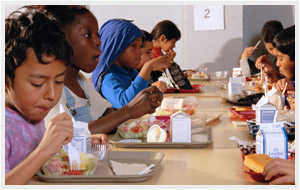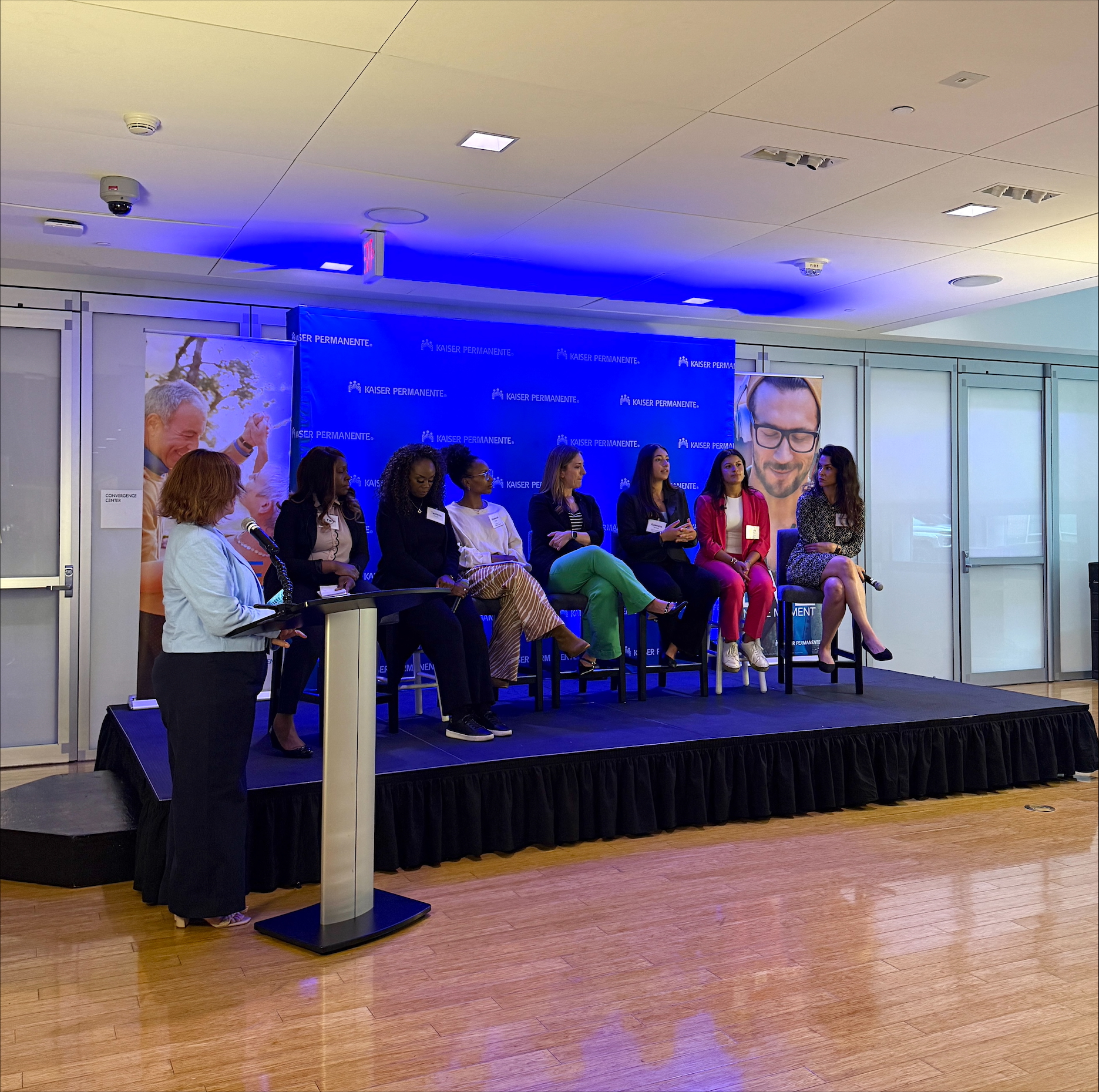In an ironic confluence of stories released in the media last week, we learned that some schools and school districts are cutting ties with the National School Lunch Program, a federal program that offers $11 billion a year in reimbursements for meals served to school students on a low-income budget. Their reasons? Too many students were rejecting the healthier meals – stocked with whole grains, fruits and vegetables – complaining that they didn’t like what was being offered, resulting in school cafeterias losing money.
Also last week, the Centers for Disease Control and Prevention released results from a nationwide study showing that school districts across the country have been making measurable improvements in school nutrition policies, in physical education and in tobacco-use policies. Such policies and guidelines are being credited with helping young people establish healthy behaviors that may be responsible for some of the recent progress being made in obesity prevention.
So what does this mean for the future of the National School Lunch Program? Many advocates are questioning just how many schools and school districts are truly dropping out of the NSLP. Others are citing the need to look more closely at the nutritional standards that the U.S. Department of Agriculture sets for these subsidized lunches to determine whether those standards need to be adjusted. Still others point out that, although schools participating in the NSLP must meet the USDA’s nutrition standards, there is plenty of discretion at the local level to decide which specific foods to serve and decide how to prepare them.
Dr. Janey Thornton, Deputy Undersecretary for Food, Nutrition and Consumer Services at the USDA had this to say in a blog post on the issue:
“The truth is that the vast majority of schools across the country are meeting the updated meal standards successfully, which is so important to help all our Nation’s children lead healthier lives. Even before the new standards took effect and more resources were available, many schools across the country were leading the way with healthier options and appropriate portion sizes. In fact, schools that adopted the changes earlier report that participation increased as students and parents became accustomed to the healthier options.”




